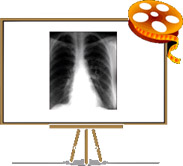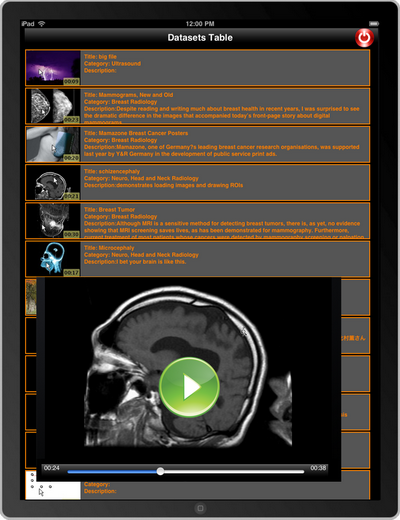


Theme
Mobile Learning
Category
Educational Resources
INSTITUTION
Biomedical Imaging Lab, Agency for Science, Technology and Research, Singapore

While instructors can create multimedia teaching files and perform assessment online, students can learn and test their skills easily. The concept of bringing medical learning experience to smart-devices encourages students to learn anytime, anywhere and could maximize their learning potential.
Although digital content finds widespread use in medical education, efficient multimedia-based teaching systems are still uncommon.

RADUCATE (http://www.raducate.com and http://www.iteachrad.com) are web-based medical education systems that allows instructors to capture the teaching process as a multimedia teaching file that can be viewed and explored by students using web browsers and smart devices such as iPad.
Multimedia teaching file is an effective method for medical education using internet and mobile devices such as iPad.

We wish to thank Dr Aamer Aziz from Clear Radiology, Australias, Mr Warren Lusby from Charles Sturt University, Australia, and Dr Tchoyoson Lim from National Neuroscience Institute, Singapore for their adoption of the multimedia teaching file system and vaulable feedbacks.

- Virtual Classroom: RADUCATE simulates face-to-face medical education by using audio and video.
- Online Recording: A web browser and a microphone suffice to create multimedia-based teaching files with text, image, audio and video.
- Case Discussion: Medical students discuss teaching cases with audio and video in real-time.
- Assessment: RADUCATE facilitates an efficient evaluation of students’ knowledge.
- Remote Education: Our patented video technology ensures high image quality and small size of teaching files facilitating an efficient Internet transmission.
- Mobility: Teaching files can be accessed on the move through dedicated apps on smart-devices.
Yang GL, Aziz A, Narayanaswami B, Anand A, Lim CC, Nowinski WL. Informatics in radiology (infoRAD): multimedia extension of medical imaging resource center teaching files. Radiographics. 2005 Nov-Dec;25(6):1699-708.
 Send Email
Send Email